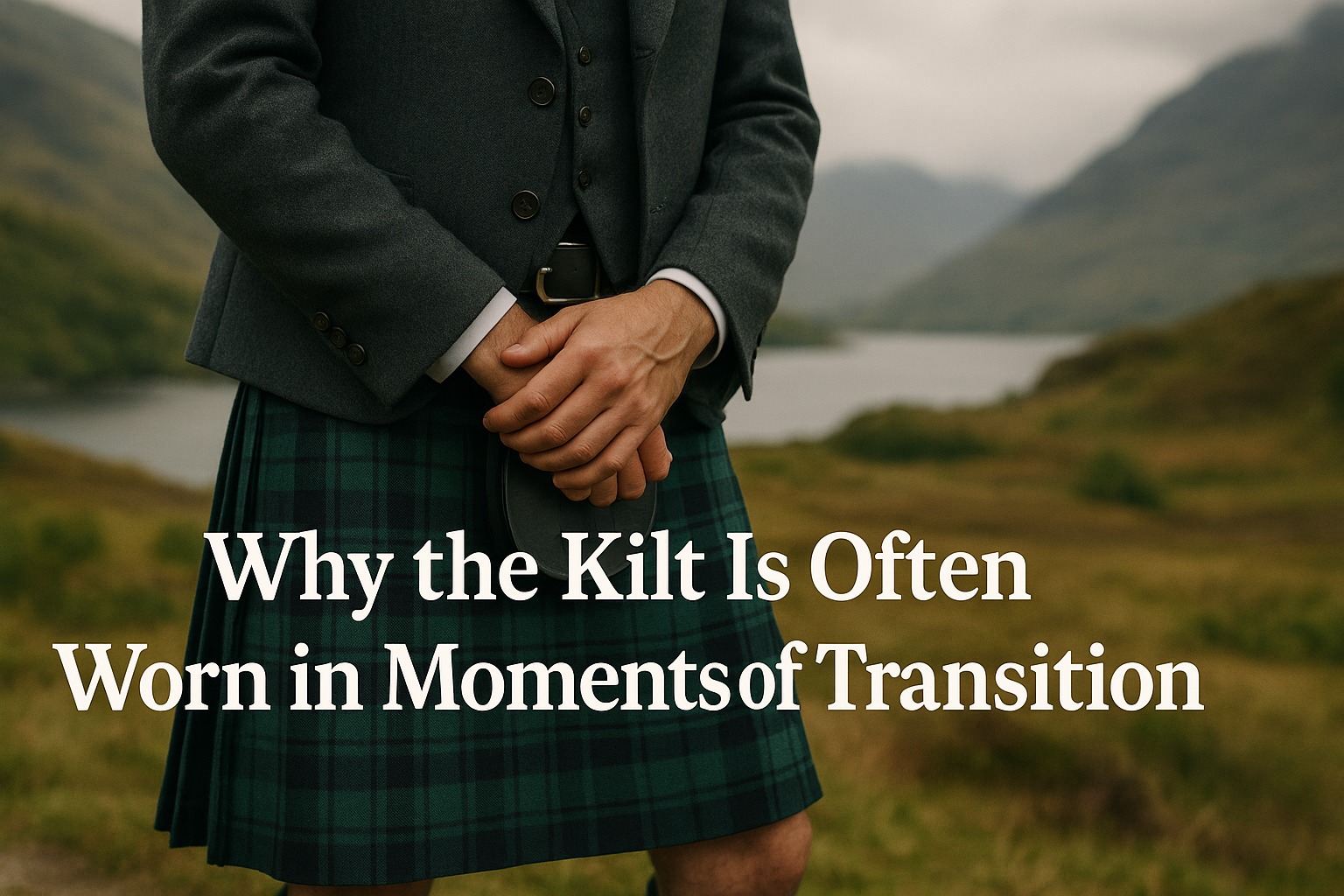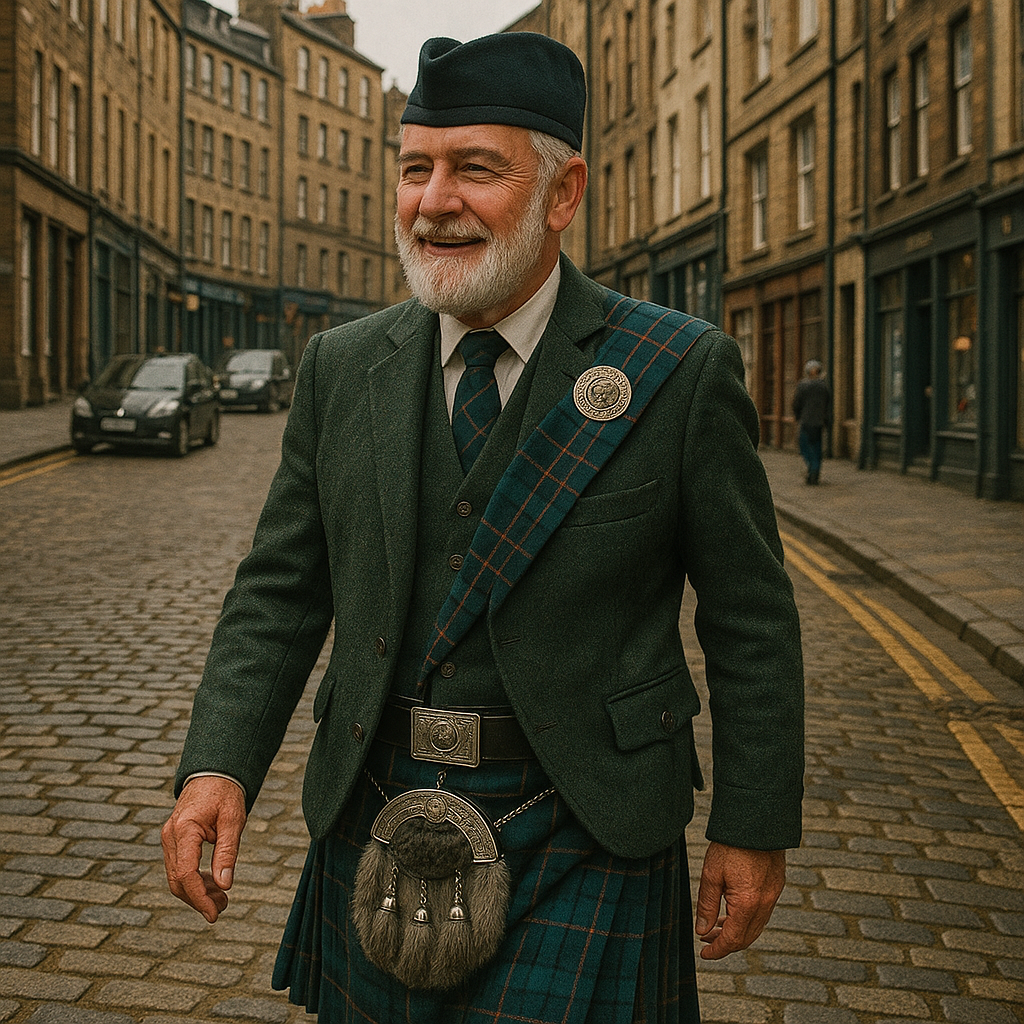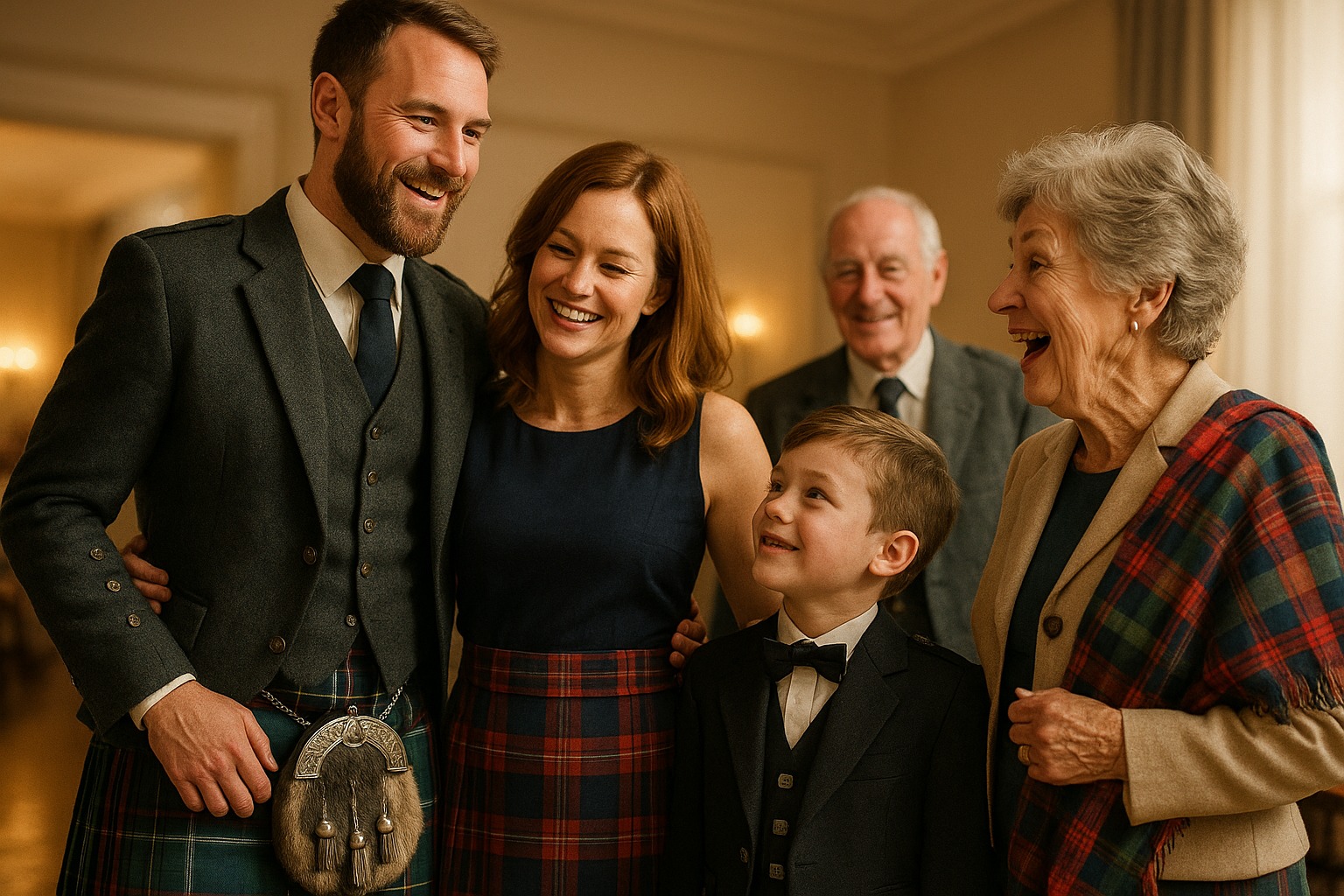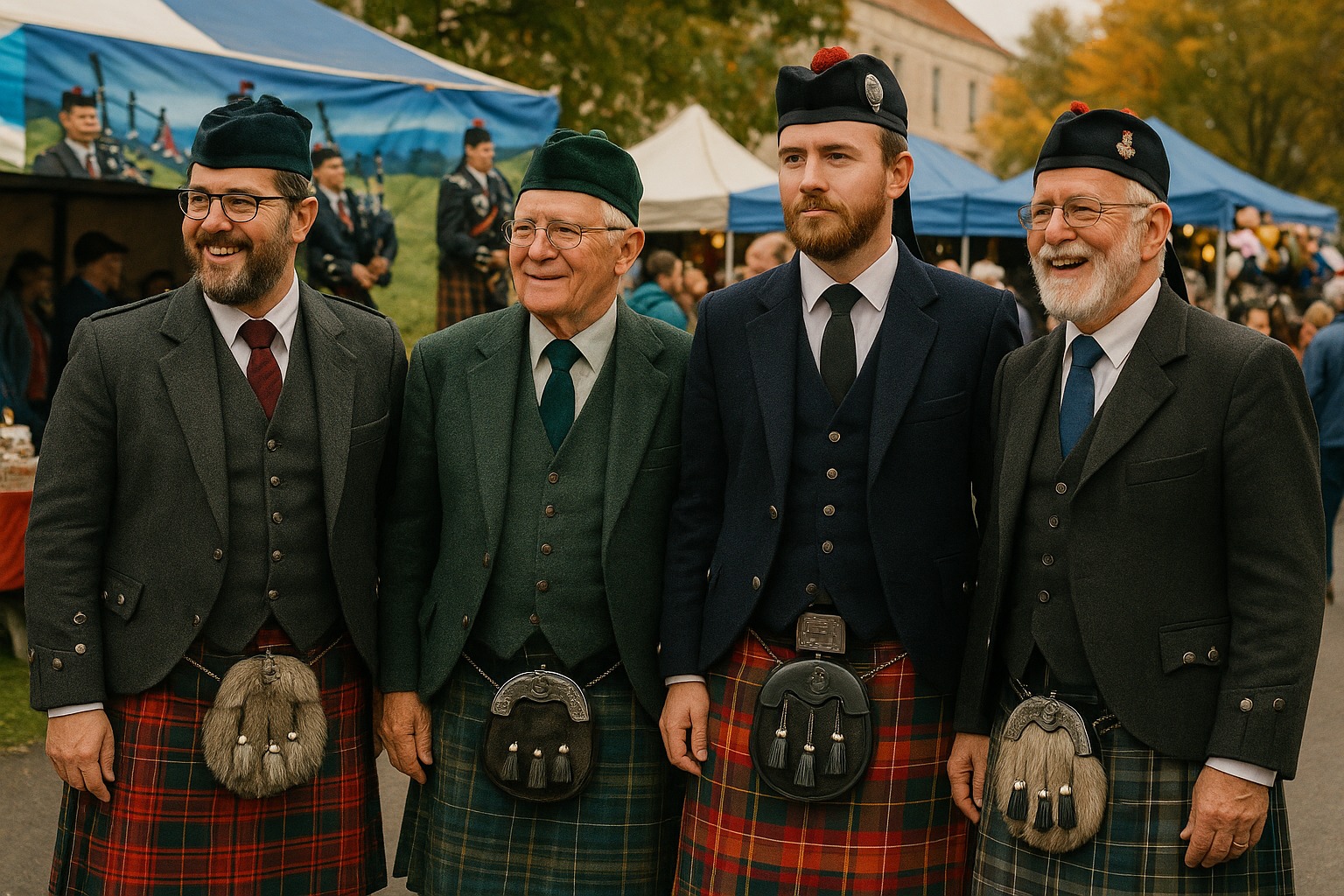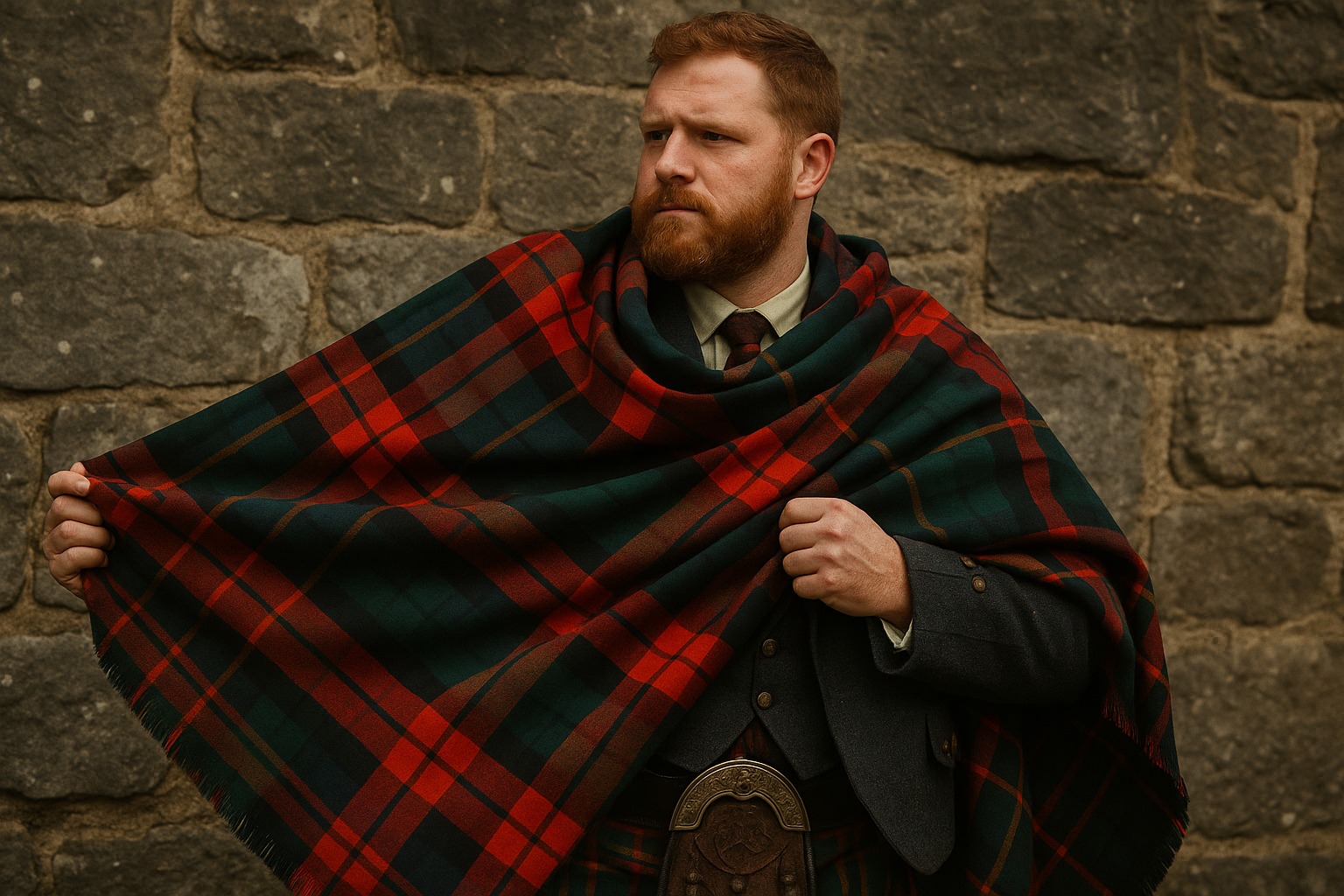Exploring the Spiritual Meaning of Highland Dress
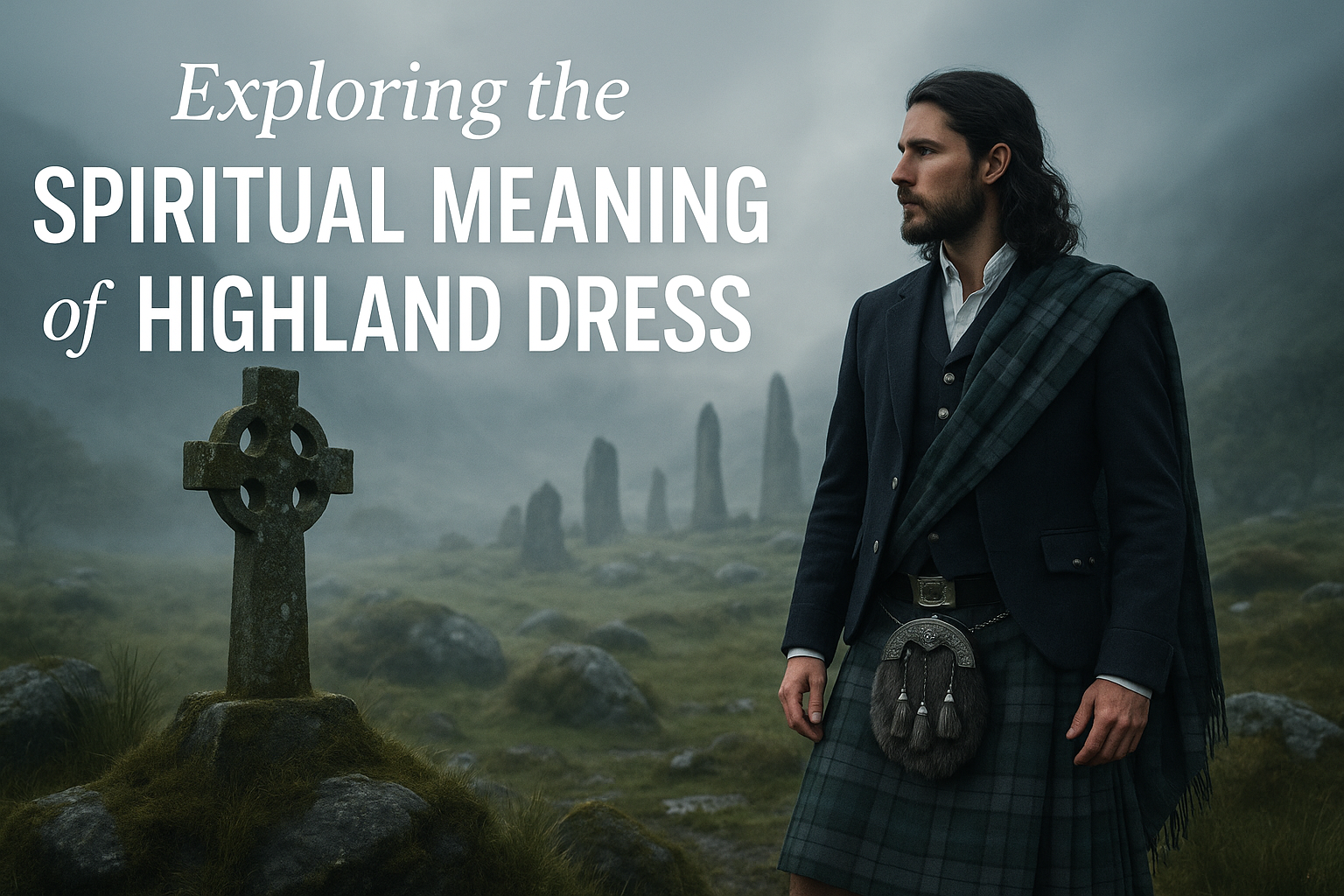
Strong 8k brings an ultra-HD IPTV experience to your living room and your pocket.
Highland dress—featuring kilts, tartans, sporrans, and other elements of traditional Scottish attire—is most commonly associated with cultural heritage, clan identity, and formal occasions. Yet for many, particularly those deeply rooted in Celtic traditions or modern spiritual practices, Highland dress carries a profound spiritual dimension. It is not merely clothing; it is a sacred expression of ancestry, nature, and connection to the past.
In this article, we explore how Highland dress transcends fashion to serve as a spiritual tool, a symbol of cultural reverence, and a link between people and their ancestral landscapes.
________________________________________
1. A Living Link to Ancestral Spirits
Wearing Highland dress, especially clan tartans, is often seen as a way to honor and connect with ancestors.
• Each tartan represents a family line, region, or historical clan, often passed down through generations.
• Donning a kilt woven in a clan’s tartan can feel like inviting ancestral presence into a ritual or ceremony.
• Many modern-day practitioners of Celtic spirituality see Highland dress as a form of ancestral veneration—a way of showing respect and invoking protection or wisdom from the past.
✔ Quote: "Putting on the kilt is like stepping into the footsteps of those who came before me."
________________________________________
2. Connection to Nature and the Land
Traditional Highland dress was developed in harmony with the natural environment of Scotland. From wool fabrics to earthy dyes, it reflectsTraditional Highland dress a way of life deeply attuned to the land.
• Natural wool kilts are insulating, durable, and made to withstand the Scottish climate.
• Early dyes came from plants, lichens, and minerals, tying each tartan’s colors to local flora and landscape.
• In modern spiritual practices, Highland dress is used to honor nature spirits and elemental forces of the land—especially during festivals like Beltane, Samhain, and Lughnasadh.
✔ Wearing Highland attire in nature-based rituals is often a gesture of respect to the land and the spirits that dwell within it.
________________________________________
3. Symbolism in Tartans and Patterns
Tartans are not just patterns—they carry symbolic energy.
• The color and arrangement of threads in a tartan often hold spiritual resonance for the wearer.
• For example, green may symbolize the forest, healing, or fertility, while blue might represent water, intuition, or emotion.
• Choosing a tartan becomes a sacred act, aligning one’s energy with the qualities of a place, family, or spirit.
✔ Some people select tartans for rituals based on seasonal or elemental associations rather than family ties.
________________________________________
4. Ceremonial Use in Spiritual Practices
Highland dress is often incorporated into spiritual rituals, handfastings, and seasonal celebrations in Celtic and Pagan traditions.
Common ceremonial uses include:
• Handfasting weddings where the groom (and often the officiant) wears a full Highland outfit
• Samhain rituals, where tartan is worn to honor the dead and the thinning veil between worlds
• Druidic or Neo-Pagan circles, where kilts and cloaks are worn as part of ritual robes
✔ In these contexts, Highland dress acts as ceremonial garb, setting the wearer apart and signaling entry into sacred space.
________________________________________
5. The Role of Accessories: More Than Decoration
Every piece of Highland dress carries potential symbolic meaning.
• Sporran: Traditionally made of animal hide, it is thought to represent the sacred guardian of personal energy and intention.
• Sgian Dubh: The small knife tucked into the sock often symbolizes readiness and truth—its presence at ceremonies may represent a spiritual blade or tool.
• Kilt Pin and Brooches: These adornments often feature Celtic knotwork, animals, or clan crests, connecting the wearer to mythic archetypes or spiritual ancestors.
✔ Spiritual wearers often choose or bless these items with personal intention or ritual preparation.
________________________________________
6. Wearing the Kilt as a Ritual Act
Donning Highland dress can be a meditative, grounding ritual in itself.
• The act of putting on the kilt, sporran, and accessories can be done mindfully, similar to preparing for prayer or sacred ceremony.
• Many describe a shift in energy and posture when fully dressed—feeling taller, prouder, and more connected.
• In spiritual practice, the kilt is a container for intention—a way of embodying the past and claiming personal power.
✔ Just like robes in other spiritual traditions, the kilt becomes an extension of identity and sacred purpose.
________________________________________
7. Modern Revival and Cultural Respect
With the revival of interest in Celtic spirituality and ancestral practice, Highland dress has taken on new spiritual significance for people around the world.
• Those of Scottish descent wear kilts to reconnect with lost traditions.
• Others, drawn to Celtic paths, adopt Highland dress in ceremonies with respect and reverence.
• Some communities are incorporating Highland dress into multicultural rituals, celebrating Scottish roots while blending them with other traditions.
✔ The key is cultural respect—understanding and honoring the heritage behind each garment.
________________________________________
8. Sacred Clothing and Identity
Wearing Highland dress can also affirm spiritual identity—who you are, where you come from, and how you walk in the world.
• It reflects commitment to tradition, spirit, and community.
• It signals participation in a living lineage of sacred cultural practice.
• In a world of fast fashion, Highland dress stands as a deliberate, meaningful expression of roots and ritual.
✔ The fabric becomes a spiritual skin—a protective, expressive, and symbolic form of being.
________________________________________
Conclusion: Highland Dress as Sacred Expression
To many, Highland dress is far more than heritage fashion—it’s sacred clothing that carries deep spiritual meaning. Whether worn to honor ancestors, commune with nature, or take part in ritual, the modern kilt and its accompanying garments offer a powerful connection to land, lineage, and legacy.
In every pleat, thread, and clasp is a story—a prayer—a bridge between the physical and the spiritual. And in wearing it, the wearer doesn’t just express identity—they embody it.
Note: IndiBlogHub features both user-submitted and editorial content. We do not verify third-party contributions. Read our Disclaimer and Privacy Policyfor details.



